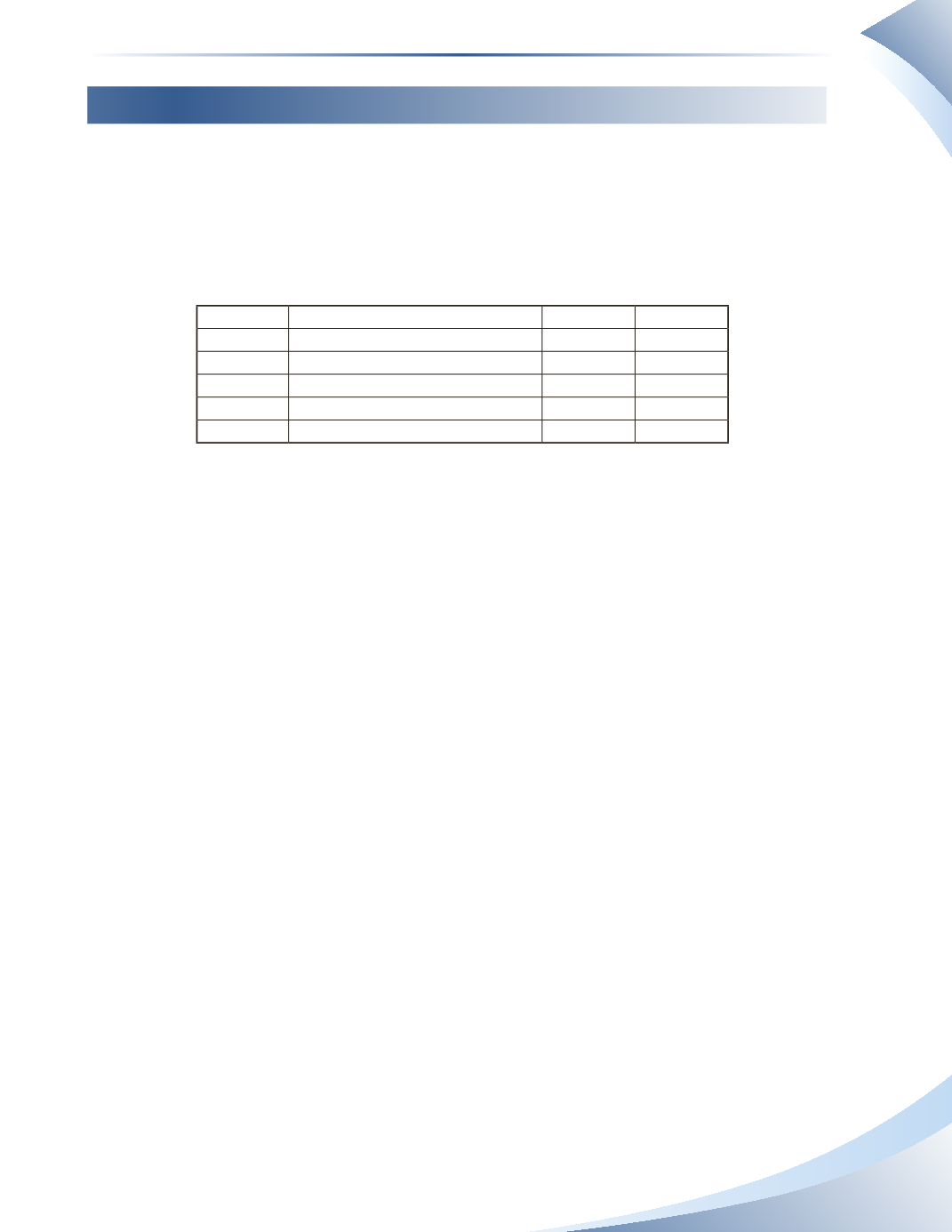
249
Chapter 8 Appendix
Inventory Valuation
Appendix 8A: Periodic Inventory Valuation
Cool Ink Company sells a number of different pens, pencils, markers and highlighters. Examine
one item from its inventory to illustrate the three different inventory valuation methods. Assume
that Cool Ink uses a periodic inventory system to account for purchases and sales.
Cool Ink Company currently has 10 pens in inventory with a cost of $10 each. During the month
of March, the following transactions in Figure 8A.1 took place with respect to collector pens.
Date
Transaction
Quantity Unit Cost
March 5 Purchase from Pen Distributers
50
$12
March 7 Sale
15
March 15 Purchase from Promotional Pens
40
$14
March 19 Purchase from Promotional Pens
20
$16
March 27 Sale
50
________________
FIGURE 8A.1
During the month, the cost of the pen increased. This means that the cost of goods sold applied
to the sales will likely be different, based on which pens are actually sold. We can apply the three
methods of valuing inventory to the transactions to arrive at different values for inventory and cost
of goods sold. This will demonstrate that the choice of inventory valuation method can make a
difference on the financial statements of a company.
The main difference between the perpetual and the periodic inventory system is when costs are
assigned to the sales. The perpetual system assigns costs to the sales as the sales are made. The
periodic system only assigns costs at the end of the period, when a physical count of the inventory
is made.
Using Specific Identification
When using specific identification, first list the purchases separately from each other to easily
identify the costs associated with each batch of inventory. Then list the sales for the period
underneath since inventory costs are not recorded until the end of the period. This is done by
using a table as shown in Figure 8A.2. The opening balance and the transactions from Figure
8A.1 are listed in the table. Purchases cause the balance of inventory to increase and sales cause it
to decrease. At the bottom of the figure is the value of ending inventory.


